Downtown cobbler breathes life into tired shoes, the environmentally friendly way
|
Published: 04-21-2024 11:50 AM
Modified: 04-24-2024 11:47 AM |
Visiting United Shoe Repair downtown may not only result in improved shoes, but also may serve as an environmentally friendly act.
D.J. Annicchiarico is on the ground floor of conservation, an individual whose multi-generational business dates back 115 years and began reusing shoes and boots before anyone knew how important it was to the planet.
He is the newest family member to run the business. He represents the re-use part of the three Rs often associated with conservation – reduce and recycle are the other two – and he’s proud of the family’s record.
It’s all part of the job. In a world in which most items that break or wear out are simply discarded and replaced, a cobbler gives life to old shoes, for those who refuse to give up the comfort they’ve experienced for years. Or maybe they’re simply hooked on a certain style. Or perhaps the shoes hold some nostalgic importance and must be saved.
“What we do has been around as long as shoes have been around,” said Annicchiarico, surrounded by the unique machines used in his craft. “I like to joke that we’re one of the original green businesses and we help keep things out of the landfill.”
He’s got a staff of one, a friend of 25 years named Chris Franseen, who began last summer and is grateful that he’s no longer a cook.
Together, their souls are enriched as they resole shoes.
“To come in with a shoe that’s an absolute mess, and by the end of the day, I’ve created something wearable,” Annicchiarico said.
Article continues after...
Yesterday's Most Read Articles
 Franklin police arrest man after accidental shooting Wednesday
Franklin police arrest man after accidental shooting Wednesday
 Update: Reactions for, against the more than 100 arrested at Dartmouth, UNH
Update: Reactions for, against the more than 100 arrested at Dartmouth, UNH
 Kenyon: What makes Dartmouth different?
Kenyon: What makes Dartmouth different?
 Concord High graduate leads Pro-Palestine protests at Brown Univeristy
Concord High graduate leads Pro-Palestine protests at Brown Univeristy
 High schools: Wednesday’s baseball, softball, lacrosse and tennis results
High schools: Wednesday’s baseball, softball, lacrosse and tennis results
 Spring sprouts downtown: outdoor dining, farmers market, First Friday
Spring sprouts downtown: outdoor dining, farmers market, First Friday
He also gets a charge fr0m the two 55-gallon drums, filled with shoe parts that have been cut and ripped off by hand, that they discard twice a week.
“You’re recreating something that normally could have easily been thrown away,” Annicchiarico said. “We’re pulling off shoes, but when you look at the amount of shoes here, you’re talking if we were just throwing the shoes away, that’s a good 1,000 times as much volume.”
The Annicchiarico story dates back to old-school days, which is perfect for an old-school craft that still exists, although the number of professionals has plummeted.
The United States had about 120,000 cobblers in 1928, according to a published report that cited a spokesperson for the Shoe Service Institute of America. There are just 4,000 left.
Annicchiarico’s ancestors, Italian immigrants, founded the shoe company in the early part of the 20th century, and the family name remained intact.
The shop opened on Pleasant Street and moved to its current location, 8 South Main St., after a fire in 1961.
The workrooms are in the back of the shop. There are shoes and boots everywhere, some already cobbled, some waiting for surgery.
The sanding machines have long metal poles, called spindles. A belt turns the spindle, which then rotates a circular sander.
He fixes mostly heels and soles, which he changes from rubber to leather. He also fixes zippers, handbags and more.
The first step for a sole transplant is to cut the stitches connecting the sole to the shoe. The adhesive Annicchiarico uses, a relatively new product, does not contain a carcinogen found in other types of cement.
“It’s just trying to figure out how all this stuff is going to bond,” Annicchiarico said. “There’s always changes to the kinds of adhesives that we can get, and there’s a lot of push towards more environmentally friendly ones.”
Meanwhile, Annicchiarico looked to the past to connect with the future. He began hanging around the shop at age 7. He has children and step-children, one of whom, 11, has been visiting the shop recently.
“I don’t want to try to shoehorn him into it, but I’m hopeful,” Annicchiarico said when asked if he hope his legacy will continue.
Future staffers will learn what has become a tradition and routine with respect to the environment.
“For me, it’s just the way that it’s done here,” Annicchiarico said. “I don’t think I would teach them any differently.”

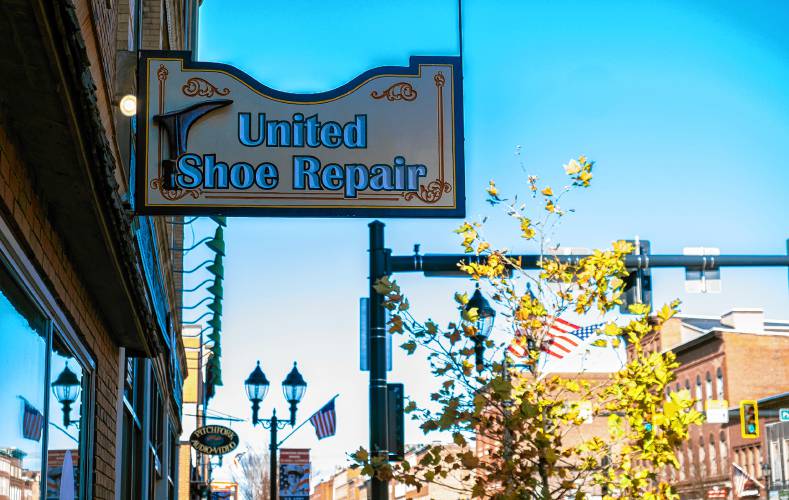
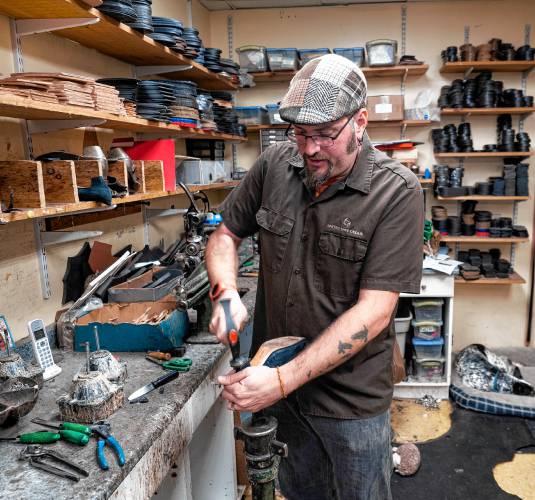
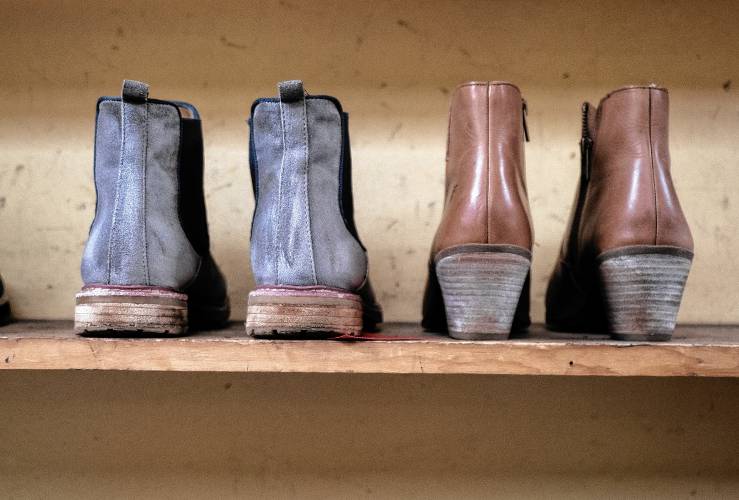
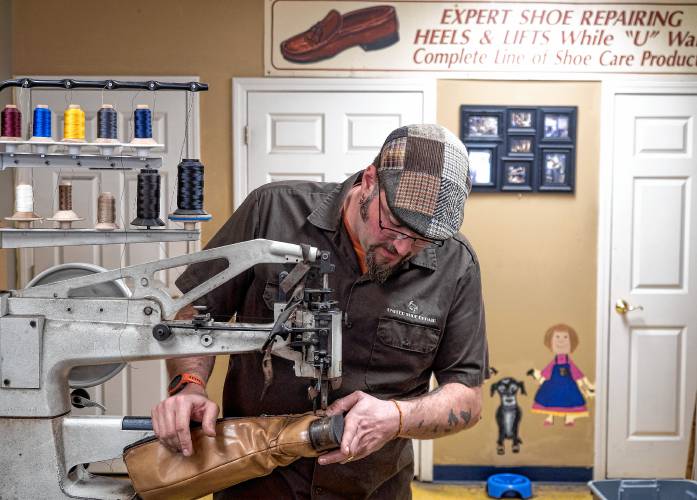

 Jurors hear closing arguments in landmark case alleging abuse at New Hampshire youth center
Jurors hear closing arguments in landmark case alleging abuse at New Hampshire youth center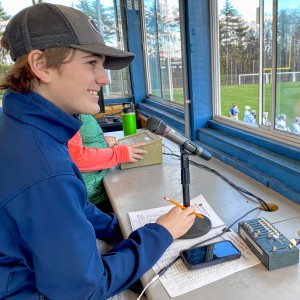 Voice of the Pride: Merrimack Valley sophomore Nick Gelinas never misses a game
Voice of the Pride: Merrimack Valley sophomore Nick Gelinas never misses a game With less than three months left, Concord Casino hasn’t found a buyer
With less than three months left, Concord Casino hasn’t found a buyer
